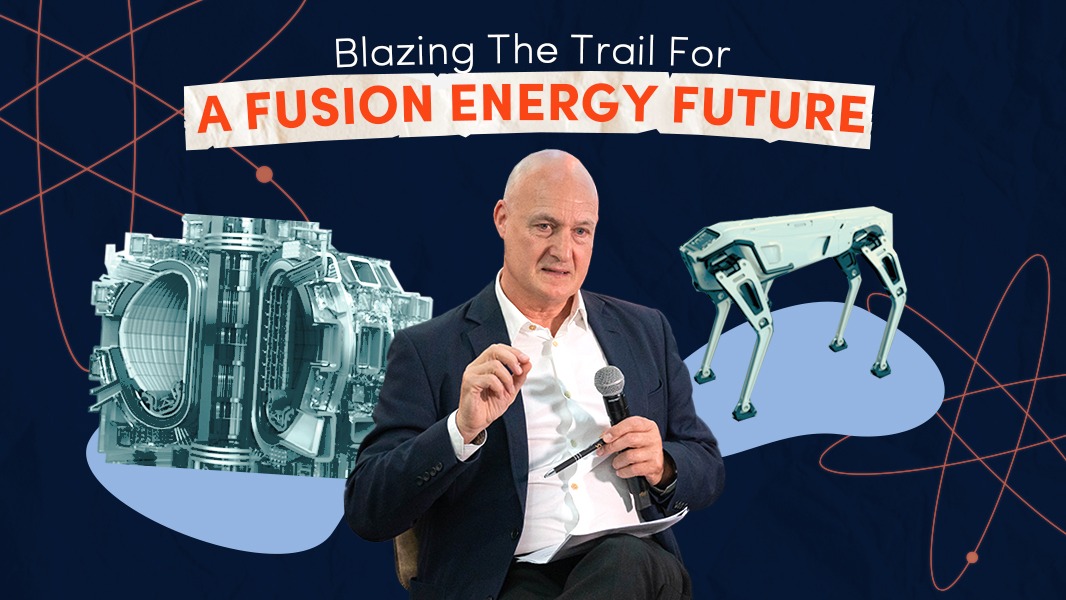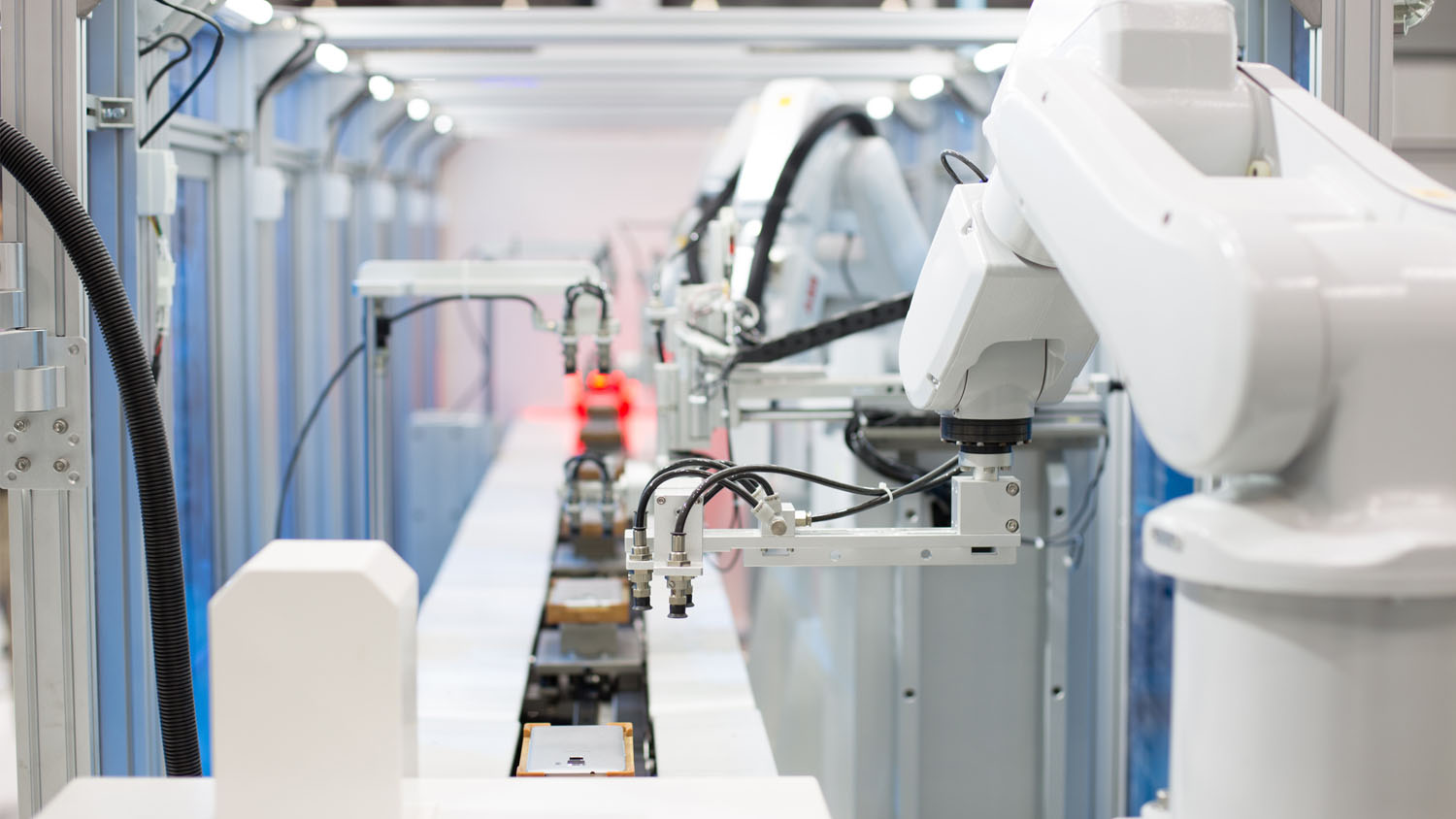Bottling the sun to save the earth: Q&A with Professor David Gann
Sun, 07/02/2023 - 12:00
Fusion fuels are the densest power known to science, says Prof David Gann, and may be a key renewable energy source in the race to net-zero by 2050 and beyond.
Whether it’s harnessing wind, water, or sun, renewable energy options abound today. One in particular has a bad reputation: nuclear fission. Harnessing the power of atoms by splitting them apart comes with risks, evident in the Chernobyl accident in 1986 and, most recently, the Fukushima meltdown in 2011.
But fission is only one side of the nuclear coin. Fusion, a process whereby atomic nuclei are combined, is high-yield, clean, and relatively safe. There’s just one problem: the reaction requires a temperature of at least 100 million degrees, some seven times hotter than the centre of the sun.
As Professor David Gann CBE, Pro-Vice-Chancellor of Development & External Affairs at the University of Oxford, puts it: this is like “trying to bottle the sun”. A key figure in the nuclear fusion space, Prof Gann is the current Chairman of the UK Atomic Energy Authority, a position he has held since 2018, and a university and business leader with extensive global experience in innovation strategy and technology management.
Prof David Gann with Business Times correspondent Sharanya Pillai.
Business Times correspondent Sharanya Pillai was invited to moderate the SGInnovate CEO Firestarter chat with Prof Gann. They covered fusion energy, its potential, pitfalls and where it's headed next. Here are some key takeaways from their discussion:
1. What makes fusion so promising?
Nuclear power plants, including fusion plants, are the only power source that can be put anywhere. It does not rely on a lot of resources to operate, and its usable day and night. Not many energy sources have so few supply chains or requirements, such as environmental constraints.
Given what we can see of its capabilities, it’s plausible that 25 per cent of the world’s baseload could be powered by fusion by the end of the century. Bear in mind that fusion produces a very high grade of heat that you can do all sorts of other things with. You could create the hydrogen economy with a fusion machine without depleting the planet’s resources.
Watch the full discussion here.
2. What are some of the challenges and opportunities for fusion energy in the next few years?
The biggest challenge is not money or science, but the availability of talent. The main workforce in the fusion side of the atomic energy authorities is projected to require another 3,000 people in the next three to five years. Those numbers do not sound that big, but it is going to be really tough to find people who specialise in fusion.
Audience questions that night ranged from how physics undergraduates could get involved in fusion energy projects to the potential of fusion energy on everyday systems like transportation.
Investments-wise, it is too early for mainstream venture capital to come in for fusion energy. It is too risky and the pathways are not clear enough. But we are starting to see venture capital money coming in for spin-off technologies, such as artificial intelligence.
Since fusion machines need to be reliably maintained by robotics (due to high temperatures), other industrial purposes in areas like robotics are also springing up. In dealing with deep-tech issues, we’re creating technology that has adjacent applications that can already enter the market and create value.
We will also see huge attrition rates for companies in the fusion energy space. But this is to be expected when you have a lot of startups crowding in. I don’t want this to cause bad press, saying that fusion is going to fail. There are risks – some of these companies will fail, some will specialise in other areas. It happens everywhere. We just need to be careful as a community that this doesn’t douse the opportunity.
3. What role will international collaboration play in pushing fusion technology forward?
International collaboration has been impacted by geopolitics. It moves too slowly, and that is part of the reason the British government has decided to do it alone and try to be the first in the world to build a prototype power plant. But I think we have to collaborate nationally and internationally.
The big hope with the International Thermonuclear Experimental Reactor (ITER), which is a huge scientific collaboration, is that it can pave the way for a full-scale prototype that will help us prove a lot of the science. There is an incredible difficulty that comes with operating with such a multinational set of partners, but we are not going to get through this without international collaboration.
As part of his presentation, Prof Gann showed what ITER’s facility looks like – an impressive feat of engineering at an international scale.
4. Should Singapore be paying attention to fusion energy?
Energy is a big question in Singapore. It was lovely to look out the windows at the National Technological University, Singapore and see the solar photovoltaic (PV) panels on the roofs. I think we are still seeing breakthroughs in efficiency and cost, which means we could be seeing a lot more PV panels. But since vertical living is the norm in Singapore, you’re not going to produce enough energy by relying on PV panels.
To be self-sufficient, the country needs a highly dense energy source. One or two of these small fusion machines could power the whole of Singapore. The answer may be for Singapore to collaborate more quickly with big programmes like the ones in the UK. I would love to see a demonstrator plant built here.
5. What is your advice for investors interested in the fusion energy space?
Keep going. If you look at the ideas coming out of our universities and our labs, and what is happening in AI – good stuff and scary stuff – it is a really good time to be thinking about investing and working in deep tech startups. The only advice is that things always take a bit longer than you want them to. You just have to keep that patience and have a community that will support you. And do not sell too quickly.
Find out more about SGInnovate’s upcoming networking and community events here.
Trending Posts
- Keeping satellites safe: How CYSAT Asia 2026 is tackling space cybersecurity
- The future of fusion energy: What will it take to bring the power of the stars to earth?
- How an aerospace engineer charted a path to quantum technology
- Scaling nanomaterials is challenging — Meet the startup with a hybrid solution
- Surveying Singapore's early-stage emerging tech startup landscape






